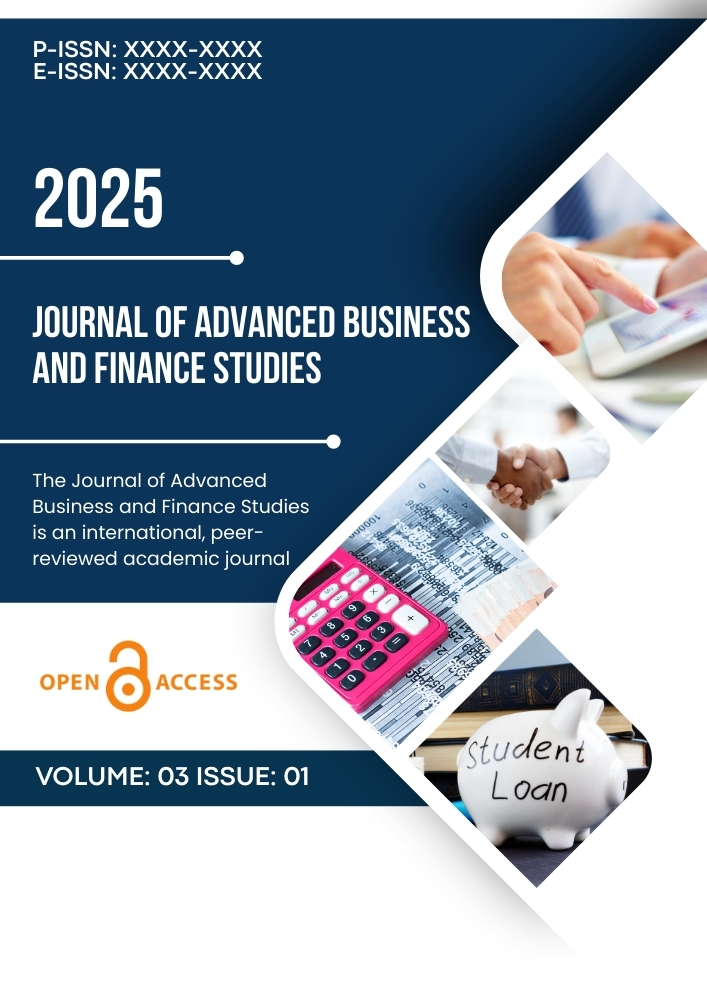The Future of Digital-Only Banks and Their Competitive Position in the Global Financial Services Sector
Keywords:
Digital-Only Banks, Fintech, Global Financial Services, Digital Banking, Competitive Position, Customer-Centric ModelsAbstract
The emergence of digital-only banks marks a significant shift in the global financial services landscape, driven by technological innovation and changing consumer preferences. These banks, operating entirely online without traditional physical branches, offer a range of services such as payments, savings, loans, and investment management through digital platforms. This paper explores the future of digital-only banks, analyzing their competitive position in the global financial services sector. The study discusses the advantages of digital banks, including cost efficiency, accessibility, and customer-centric models, as well as the challenges they face, such as cybersecurity risks, regulatory concerns, and competition from traditional banks and fintech startups. The paper also evaluates the strategic implications for digital-only banks in relation to customer acquisition, retention, and market expansion. Using case studies of successful digital banks like Revolut, Monzo, and N26, the paper identifies key success factors and trends shaping the future of digital banking. The findings suggest that while digital-only banks are poised for significant growth, their long-term success will depend on their ability to innovate, comply with regulations, and differentiate themselves in an increasingly competitive market.
Downloads
Published
Issue
Section
License

This work is licensed under a Creative Commons Attribution-NonCommercial-NoDerivatives 4.0 International License.





